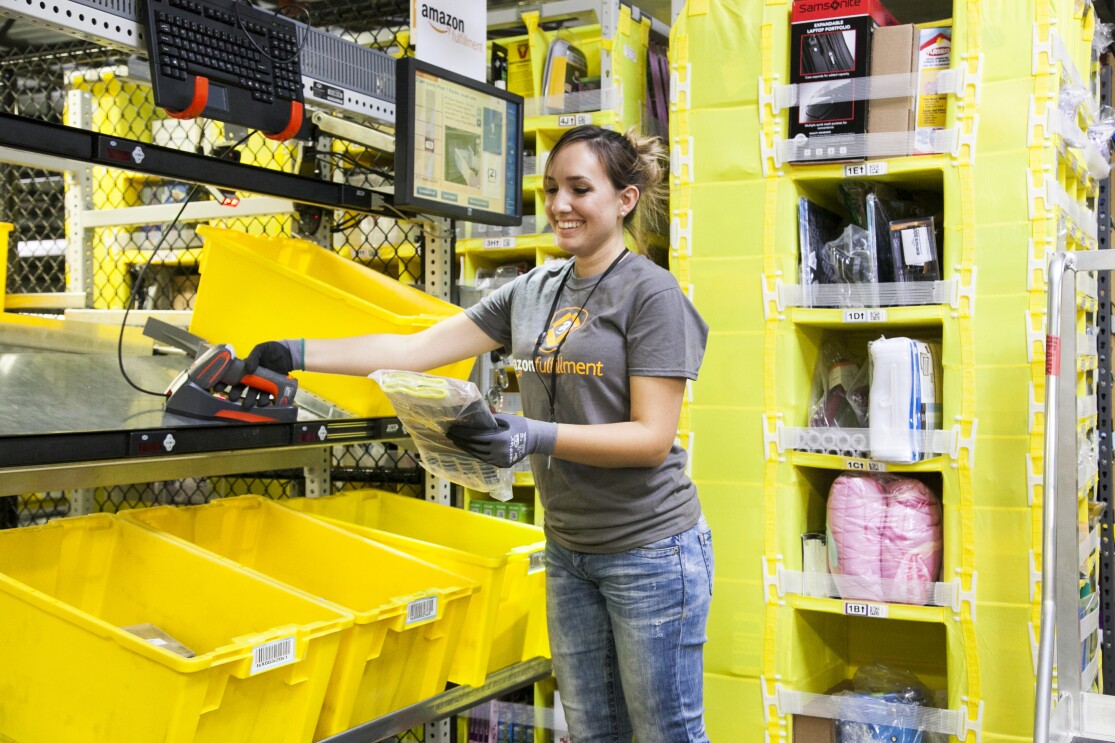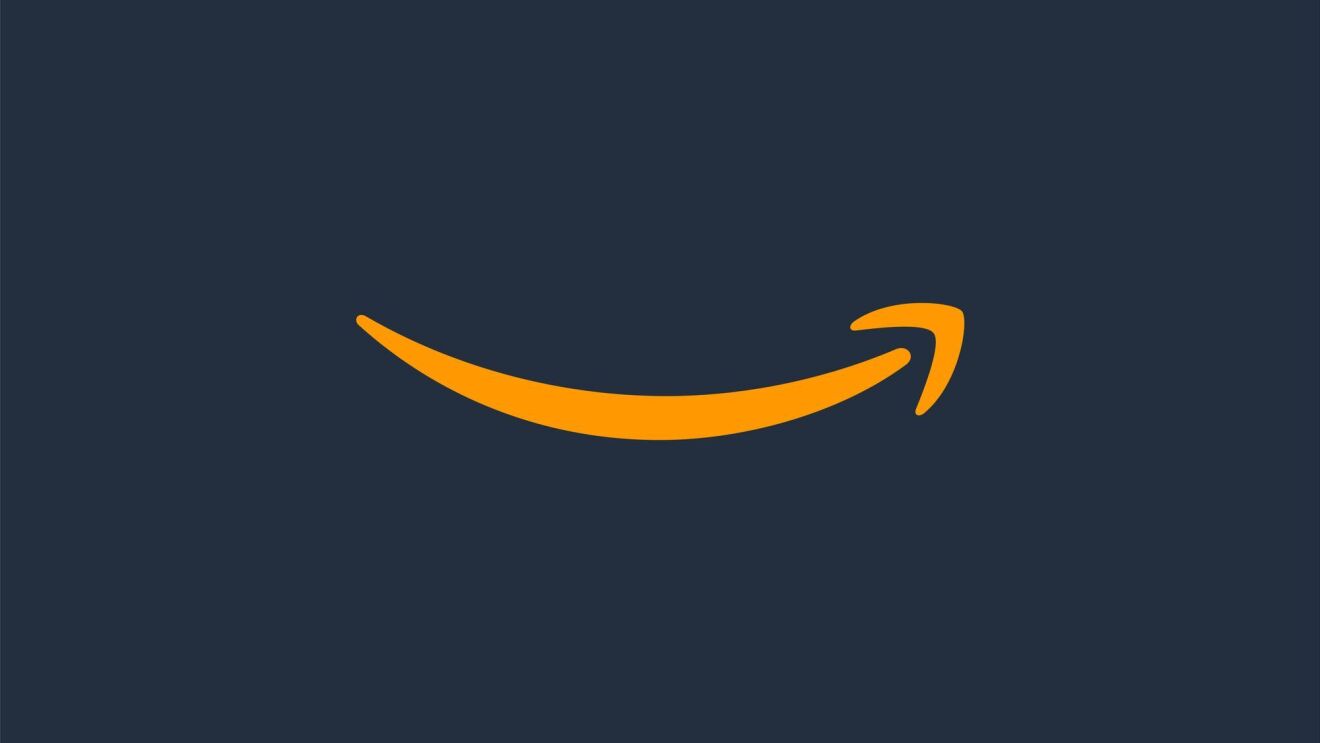We are fortunate that Amazon’s customer obsession has helped us grow into a large and well-recognized company. Eighty percent of Americans have a favorable impression of Amazon, according to leading independent polls. Working to earn and keep that trust is the single biggest driver of Amazon's "Day 1" mentality—our approach of doing everything with the energy and entrepreneurial spirit of a new organization on its first day.
All large organizations attract the attention of regulators, and we welcome that scrutiny. But large companies are not dominant by definition, and the presumption that success can only be the result of anti-competitive behavior is simply wrong. And yet, despite overwhelming evidence to the contrary, those fallacies are at the core of regulatory spit-balling on antitrust. The flawed thinking would have the primary effect of forcing millions of independent retailers out of online stores, thereby depriving these small businesses of one of the fastest and most profitable ways available to reach customers. For consumers, the result would be less choice and higher prices. Far from enhancing competition, these uninformed notions would instead reduce it.
Retail is thriving and extraordinarily competitive
First, these ill-conceived ideas demonstrate a misunderstanding of the size and shape of the retail industry. The global retail market that Amazon competes in is strikingly large and extraordinarily competitive. Amazon accounts for less than 1% of the $25 trillion global retail market and less than 4% of retail in the U.S. Unlike industries that are winner-take-all, retail has ample space for many winners. For example, more than 80 retailers in the U.S. alone earn over $1 billion in annual revenue. Amazon isn't even the largest U.S. retailer (Walmart's revenues are more than double those of Amazon). Amazon competes against large, established companies like Target and Costco, as well as many other household names such as Kroger in grocery, Home Depot in home improvement, and Best Buy in electronics. We also face competition from Google Shopping, Facebook, and direct-to-consumer models like Shopify. And retail is remarkably fragmented. In the U.S., the five biggest companies in banking represent 39.1% of deposits; the top five airlines collect 71.7% of industry revenue; and the top five mobile networks account for 95.6% of the market. In retail, by contrast, the top five stores (Walmart, Amazon, Costco, Walgreens, and Kroger) represent just 19.9% of industry revenue—which means that eight of every ten dollars consumers spend in retail are spent somewhere else.
Online and physical retail stores compete directly every day for the same customers
Second, these misguided ideas perpetuate a false notion that online and physical retail channels are distinct markets. Simply put, retail is one market. As most people who read the report know from their own, firsthand experience, consumers browse and shop at both physical and online stores for the best prices, the best selection, and the most convenient way to get the products they want. In fact, consumers regularly use both online and physical channels even within the journey of a single purchase—for example, by searching for a product in a store, paying for it online, and then picking it up curbside. Online purchases are now the biggest growth area for retailers with large physical store footprints. Since the start of the COVID-19 pandemic, such retailers are reporting soaring digital sales: Best Buy grew online sales by 250%, Target by 195%, Lowe’s by 135%, Kroger by 127%, and Walmart by 97%—with customers often picking up their online purchases in these physical stores. Despite this growth, even at the peak of the pandemic, sales through online channels accounted for only about 20% of total retail sales—with the vast majority of spending still done in physical stores. The retail industry is thriving; competition is alive and well, and consumers have more options than ever before.
Amazon and third-party sellers benefit each other
Third, these flawed regulatory ideas rely on the false narrative that Amazon’s interests are not aligned with those of the thousands of small and medium-sized businesses thriving as sellers in our store. The opposite is true: Amazon and sellers complement each other, and together we create a better customer experience than either could create alone.
Back in 1999, we took the unprecedented step of welcoming third-party sellers into our store to sell their products. We initially tried to have one store for Amazon and one store for third-party sellers. But that approach required customers to effectively walk two sets of aisles—searching for products in two different stores. Unimpressed by the inconvenience, customers simply didn’t go to the third-party store. After that failed experiment, we invited third parties to sell in our store right alongside us. Although we were letting small businesses compete with us directly in our store, we knew that over the long term this would increase selection and lower prices for customers, and that more satisfied customers would be great for both third-party sellers and for Amazon—a win for customers, sellers, and Amazon.
Within a year of adding sellers' products alongside our own in a single store, third-party sales accounted for 5% of unit sales, and it quickly became clear that customers loved the convenience of being able to shop for the best products and see prices from different sellers, including Amazon, all in the same place. Now, some two decades later, these small and medium-sized third-party businesses account for approximately 60% of all physical product sales on Amazon, and those sales are growing faster than Amazon’s own retail sales. And—in addition to great value and low prices for customers—we also have strong financial incentives to support third-party sellers because we typically make the same or more revenue on third-party sales. Clearly, when it comes to Amazon and third-party sellers in our store, it’s not zero-sum. Amazon and third-party sellers have a mutually beneficial relationship, and our interests are well aligned.
Our success with this model may help explain the wide proliferation of marketplaces of all types and sizes around the world. The marketplace model is now used by U.S. companies like Walmart, eBay, Etsy, and Target, as well as retailers based overseas but selling globally, such as Alibaba and Rakuten. These and other marketplaces further intensify competition within retail, keeping prices low for consumers.
Small businesses and consumers would both suffer
In effect, the suggestion is that government should tell third-party sellers what stores they can sell in and prescribe for consumers what products they can shop for in a particular store. Specifically, shopping for third-party products and first-party products (including popular private-label products) in the same store would be outlawed. If you take a step back, it’s not hard to see how destructive and harmful this would be.
By forcing third-party sellers out of many online stores, these regulatory ideas would deprive hundreds of thousands of small businesses of the valuable visibility that comes from being featured in the main storefronts of retailers like Amazon, Walmart, and Target. Doing so would create barriers to entry for small retailers to sell online and make it harder for them to reach customers. And this would, in turn, put millions of small business jobs at risk, including the 1.1 million jobs created by businesses selling in Amazon’s U.S. store alone.
The flawed rationale for outlawing the sale of first- and third-party products in the same store is that third-party sellers suffer when they compete with the products retailers sell in their stores, including popular private-label products. What these misguided notions from some subcommittee staff misunderstand is the fact that third parties having the opportunity to sell right alongside a retailer’s products is the very competition that most benefits consumers and has made the marketplace model so successful for third-party sellers. And private-label goods only add to that value for customers with more high-quality, low-priced products customers love. That’s why private-label products make up a large portion of sales at other major retailers: 15% at Walmart; 20% at Costco, Lowe’s, Office Depot, and Dollar General; 25% at Kroger; and more than 30% at Target. At Amazon, private-label goods represent just 1% of sales.
In short, these ill-conceived ideas would revive, via regulation, the failed two-store model that Amazon tried two decades ago; the model that both small sellers and customers rejected. They would segregate sellers into separate, less visible stores, make it harder for customers to compare prices of products and, ultimately, reduce competition—all leading to higher prices and less selection.
We believe competition is good for our economy, good for small businesses, and good for customers. This flawed approach for regulating retail stores fails to consider the unintended impacts on all three.
Trending news and stories
- How Amazon proved its new delivery drone is safe for takeoff
- What is Amazon Pet Day? 48 hours of dedicated pet deals May 13-14
- What to know about grant applications for the Amazon Literary Partnership—and how to apply
- Amazon Pet Day 2025 is coming May 13-14 with 48 hours of deals on pet products and supplies








